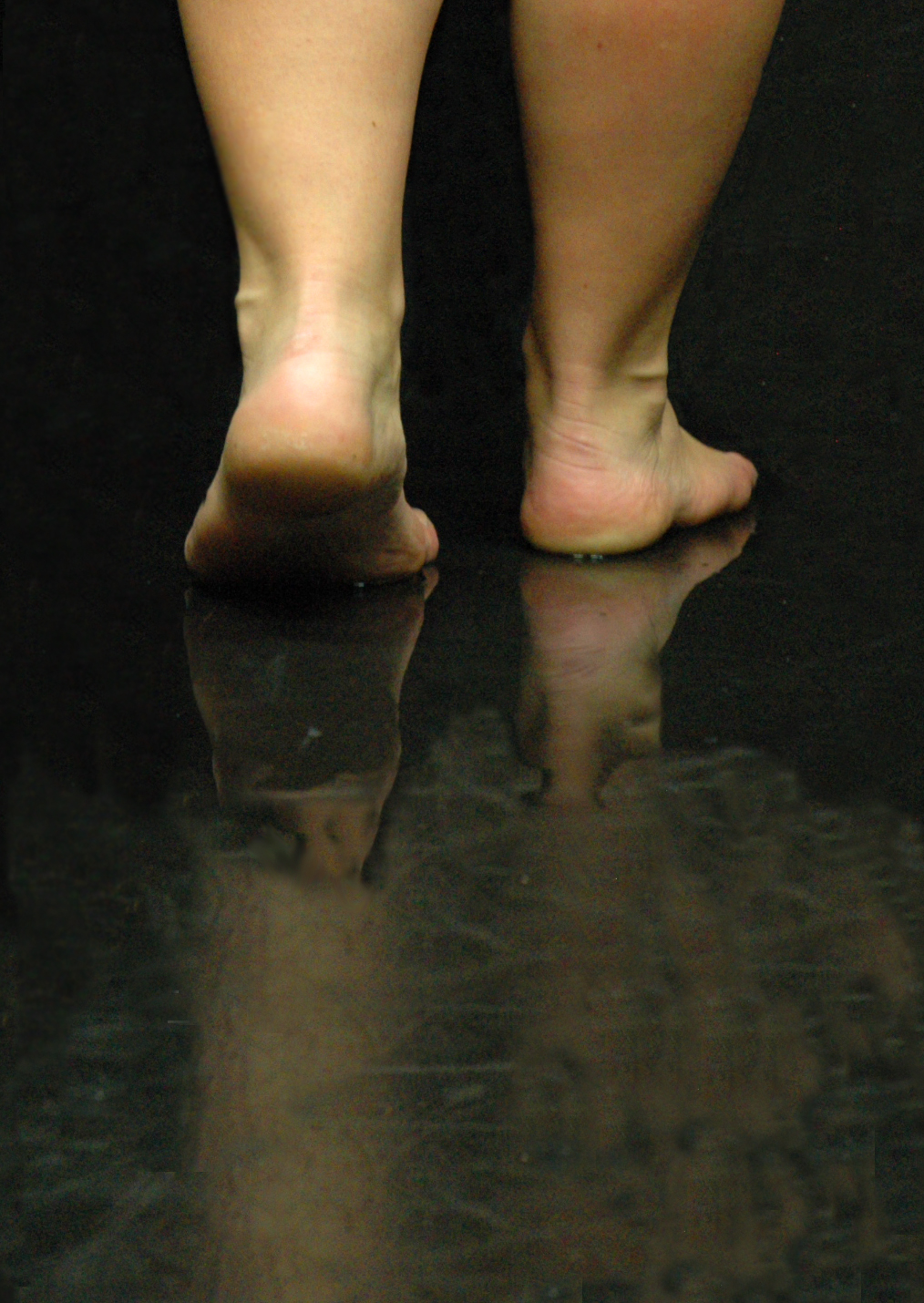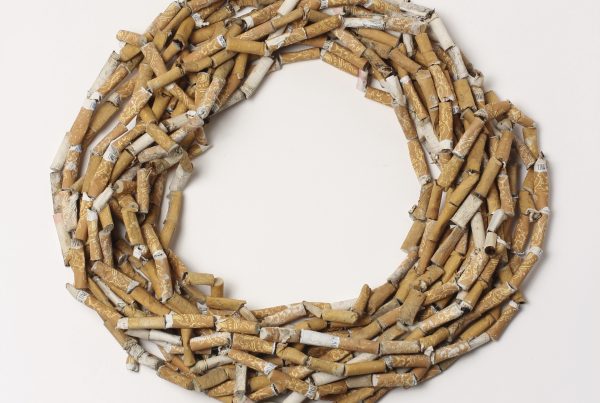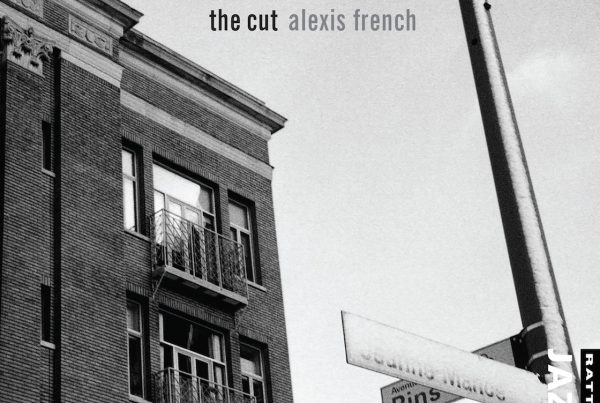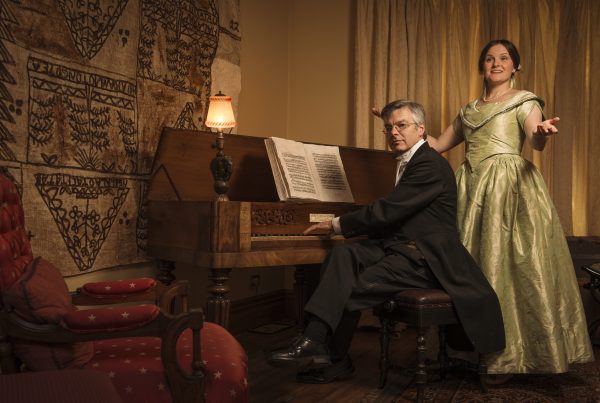
There is no artform — comic books excepted — that is more mired in a single mode of expression than theatre. There is nothing inherently wrong with New York- or London-based realist drama. Nor is there anything wrong with the very particular brand of RSVP devising (a Canadian technique and system) that is taking off with the kids. But there is something wrong with those two things being, really, the only two styles of theatre we see on our stages — outside of the all-too-brief festivals, both New Zealand and Fringe.
Theatre-makers can’t blame audiences for this. Audiences, when given the option of work from outside the ‘If Not European Then Certainly Caucasian’ norm, take to it with as much enthusiasm as they do to any other type. That is, audiences come to the non-traditional work when it’s properly sold to them. Unfortunately, theatres have an ugly habit of hiding, underselling or mislabelling work that falls outside of their usual parameters.
Theatre-makers can’t blame their schools either. Every theatre training institution worth its salt — and we have several in this city — spends a thorough stretch of time dedicated to many other theatrical traditions, often staging complete productions in admirable facsimiles of the styles of other countries and other cultures.
All of which is to say that we should pounce on every single chance we get to interface with theatre styles outside the ‘norm’. This is why we should be excited by The Water Station, playing this month at BATS — which, let’s remember, is still ‘out of site’ on the corner of Cuba and Dixon while its Kent Terrace home is renovated and earthquake-strengthened.
The Water Station began life as one of the university productions I mentioned above, premiering at the VUW theatre department in the middle of last year. Directed by Dr Megan Evans, a lecturer in the department who specialises in Asian performance practices, and with a free-of-the-spoken-word script by renowned Japanese playwright Ōta Shōgo, The Water Station is precisely the kind of work from an alternative tradition that Wellington is hungry for.
It’s hard to describe without selling it short. So let it be said now that it is, or at least the production last year that they’re now remounting was, sublime and transporting. Various people pass through and interact with a constantly running, falling stream of water. And it all takes place in slow motion. All of it.
To watch The Water Station is to enter a more meditative way of watching. The first few moments are boring, but once your brain and your watching have eased into the slow tempo of the work the whole thing comes alive — intricate details, a million tiny stories all told in the tiniest of movements.
Leaving the theatre when it was finished was like waking from a dream as the actual pace of reality reasserted itself. This is, dare I say it, a very Zen experience. This is the joy of other performance practices. They’re not just new things to watch; there are whole new ways to watch them.
That others, people unwilling to make the journey up the hill, now have a chance to experience a work as unique as this is so exciting. It may not sound like your cup of tea, but believe me, it is everyone’s cup of tea. Make sure you book; you’ll kick yourself if you miss it. Very slowly.
The Water Station by Ōta Shōgo, directed by Megan Evans and presented by Hard Sleeper Theatre Company, is on at BATS theatre (bats.co.nz) on 16–26 April (no shows Easter weekend). Book at bats.co.nz, book@bats.co.nz or (04) 802 4175.




